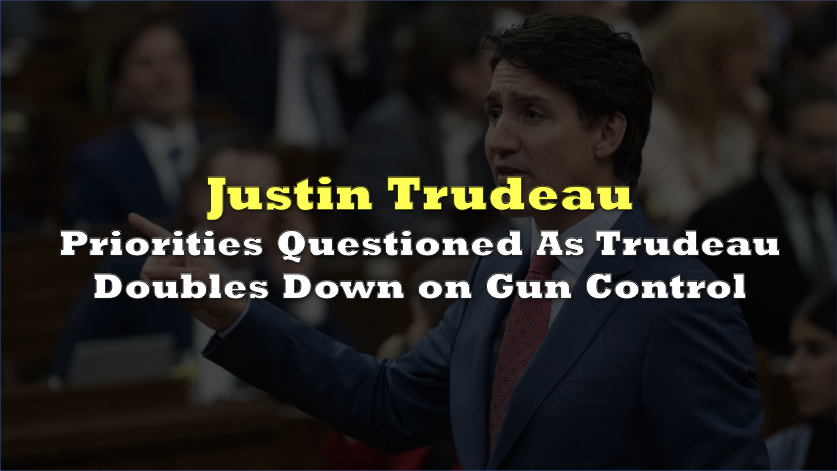In a sweeping move to tighten gun control, the Government of Canada has expanded its list of prohibited assault-style firearms while advancing regulatory reforms aimed at curbing gun violence. The announcement, made on December 5, 2024, reflects a continuation of the Liberal government’s prioritization of public safety, even as critics question the government’s focus on firearms over other pressing national issues.
This latest development is part of Canada’s broader gun control strategy, which has been a cornerstone of Prime Minister Justin Trudeau’s administration. However, with a federal landscape increasingly marked by economic struggles, housing crises, and healthcare shortages, many Canadians are asking whether these measures are addressing the most urgent concerns.
The federal government has expanded its prohibition to include 104 additional families of assault-style firearms, amounting to 324 unique makes and models. This adds to the already extensive restrictions implemented in May 2020. Public Safety Canada emphasized that the prohibition targets firearms with “military-style” capabilities, asserting that such weapons have no place in civilian hands.
An amnesty period, extended until October 30, 2025, provides some reprieve for affected owners, including Indigenous communities and sustenance hunters, who can continue using specific firearms until suitable replacements are found.
In addition to firearm bans, regulatory amendments are set to be tabled in Parliament on December 13. These changes aim to close loopholes and ensure that manufacturers cannot circumvent existing restrictions by introducing modified versions of prohibited weapons. The government is also progressing with former Bill C-21’s provisions, including measures targeting gender-based violence and the regulation of large-capacity magazines.
To address the economic fallout for businesses and individuals affected by the prohibitions, the government unveiled the Assault-Style Firearms Compensation Program (ASFCP). The program pledges fair compensation to gun owners and retailers forced to surrender prohibited firearms. Although still in its early stages, the program has faced criticism from stakeholders who argue that its rollout has been sluggish and its terms insufficiently transparent.
The government has been keen to underscore that over 19,000 non-restricted firearm makes and models remain available for hunting and sport shooting, reflecting an effort to strike a balance between public safety and respect for Canadian traditions. Yet this assurance has done little to mollify critics.
The temporary exception granted to Indigenous peoples under section 35 of the Constitution Act also highlights the delicate interplay between gun control and Indigenous rights. While many Indigenous leaders support measures to reduce gun violence, some argue that the restrictions disproportionately affect their communities.
While the federal government lauds its gun control measures as essential to public safety, detractors argue that the focus is misplaced. Canada faces significant socio-economic challenges, including a housing affordability crisis, rising inflation, and strained healthcare systems. According to Statistics Canada, emergency room wait times reached record highs in 2024, while over 30% of Canadians reported difficulty affording housing.
Even among supporters of stricter gun laws, there is acknowledgment that broader social determinants of violence—such as poverty and mental health—require equal, if not greater, attention.
Information for this story was found via the sources mentioned. The author has no securities or affiliations related to the organizations discussed. Not a recommendation to buy or sell. Always do additional research and consult a professional before purchasing a security. The author holds no licenses.









